When it comes to popular media like television, radio, or the Internet, there is more to advertising than just creating a creative or commercial and hoping that people will see or hear it. To have the greatest chance of success, advertisers carefully select the specific media outlets where they want to place their ads, a process known as media buying.
But this isn’t all. Media buying has several facets that can impact an advertising campaign. Here’s a guide explaining everything one should know about media buying.
What Is Media Buying?
Media buying is the process of planning, negotiating, and purchasing advertising space on mediums like television, radio, billboards, and the Internet, to promote a product, service, or brand.
In simple terms, it’s the process of purchasing ad space.
Advertisers (or their media buyers) work with advertising agencies or directly with the medium they’re interested in to purchase ad space. They negotiate rates, establish timing, and determine the size and placement of their ads. The advertiser then pays the medium according to the agreed-upon rate card.
Media buying includes both traditional as well as digital platforms. However, the process often differs for each.
What is Digital Media Buying?
Digital media buying refers to purchasing ad placements restricted to digital or online footprints on websites, mobile apps, or any other digital platform.
Essentially, it is acquiring targeted ads and content through online channels using search engine marketing (SEM), display advertising, social media campaigns, etc.
Unlike the traditional process, digital media buying is more complex as it involves several factors, such as data targeting, ad fraud, and cookies. Moreover, media buyers operating digital ads use programmatic media buying tools and software to streamline the process of online ad placements.
Who Is A Media Buyer?
A media buyer is a professional from the media planning team who purchases advertising space in print, online, or broadcast media on behalf of the brand.
They usually work in advertising or media-buying agencies and are responsible for planning, negotiating, and executing an advertising campaign to reach the client brand’s target audience. However, numerous big corporations have in-house media buying teams as well.
Media buyers work closely with the media planning team to analyse various advertising options, such as cost, demographics, and target audience, to identify the most effective media outlets for their brand or client’s offering.
The media buyer then negotiates with the chosen outlet on behalf of their brand or client to finalise an advertising deal.
Importance Of Media Buying
Media buying is a critical component of any successful advertising campaign. It determines where and how a brand’s ads will be placed and can greatly impact its results.
For example, if a brand wants to target young adults, advertising on a channel that mainly attracts an older audience would be a waste of money. Similarly, if a brand is looking to generate brand awareness, placing ads on a channel with high viewership would be more effective than one with low viewership.
When done correctly, media buying can help a brand reach its target audience and achieve its advertising objectives effectively and efficiently.
Objectives Of Media Buying
Media buying aims to identify the most efficient and effective media channels to deliver a brand’s advertising message to its target audience. The main objectives of media buying are:
- To reach the target audience: Media buying is all about getting to the right people with the right message at the right time. This means identifying the target audience and placing ads on channels they are most likely to be exposed to.
- To achieve the desired advertising objectives: Whether it is awareness, brand recall, sales, or any other objective, media buying aims to help a brand achieve its advertising goals by buying ad space on the right channels.
- To optimise spending: Media buyers ensure that a brand’s advertising budget is spent in the most efficient way possible. This means getting the most bang for the buck by identifying the most effective channels and allocating a more significant portion of the budget to these channels.
The Media Buying Process
The media buying process isn’t just a usual marketplace where buyers and sellers come together to make a deal. There’s a lot more to it than that. Here is a quick overview of the process:
Developing A Media Buying Strategy
A media buying strategy is the overall game plan that will be used to achieve a brand’s advertising objectives. Advertisers develop it by keeping the following factors in mind
- The target audience
- The desired metrics
- The budget
- The channels
This strategy forms the premise upon which all subsequent decisions regarding media buying are made.
It also includes several important decisions like calculating and allocating individual budgets for each channel, choosing the right time to buy ad placements and deciding which networks or websites to buy from.
Offering To Buy Media
Once the strategy is ready, the brand or the media buying agency acting on behalf of the brand submits Requests For Proposals (RFPs) to media outlets. This document outlines the goals of the campaign, the target audience, and other relevant information.
The next step is for the media outlet to provide a proposal that outlines what they can offer and at what price. This proposal considers the advertiser’s budget, reach, and desired metrics.
Insertion Order
Once both parties agree on the terms of the deal, they sign an insertion order (or purchase order), which is a contract that outlines the specifics of the agreement. This document includes the price, quantity, delivery date, and other important details.
Release Order (RO)
After the insertion order is signed, the next step is to create a Release Order (RO). This document provides instructions to the media outlet on how and when to run the advertisements.
The RO includes information such as the size of the ad, its placement, rotation (how often it should play), and frequency (how many times the target audience should see it).
The Digital Media Buying Process
The digital media buying process is entirely different from the traditional process. It can be categorised into two types –
- Direct media buying
- Programmatic media buying
Direct Media Buying
Direct media buying is when an advertiser directly contacts the website or media owner to buy ad space. The advertiser and website owner negotiate on the terms and conditions, and a contract is signed between the two parties.
The advantage of direct media buying is that it allows for better control over where the ads are placed.
The publisher is paid based on the agreed-upon CPM (cost per thousand impressions) or CPC (cost per click).
The only disadvantage of direct media buying is that it can be time-consuming and difficult to track performance without proper tools.
Programmatic Media Buying
The programmatic media buying process automates the entire process of ad placement.
Besides the advertiser and the publisher, three more parties are involved in a programmatic media buy:
- Advertiser: The party that wants to place the ad.
- Publisher: The party that owns the ad space.
- Ad Exchange or Ad network: The marketplace where the ads are bought and sold.
- DSP (Demand-side platform): An automated ad-buying platform where advertisers can buy or bid for ad space in real-time.
- SSP (Supply side platform): A publisher-side platform that lets publishers offer their ad inventory to multiple ad exchanges or networks.
The programmatic media buying process starts with the advertiser. The advertiser creates a campaign on the DSP with specific targeting criteria. The DSP then uses that information to find matching inventory on the SSPs. Once the DSP finds a match, it will buy the ad space in real-time through an auction on the ad network. The winning bid is then displayed on the publisher’s site.
Media Buying Vs Media Planning
While often used interchangeably, media buying and media planning are two different but equally important aspects of advertising.
Media buying is the process of purchasing ad space, while media planning is the overall strategy that determines appropriate marketing mediums and channels to reach right audience at the right time and at the right place.
In simple terms, media buying is a subset of media planning. It’s one of the many steps involved in creating an advertising campaign.
Factors Affecting Media Buying
Identifying and selecting the best media outlet depends on a number of factors. Here are some key factors that play an important role in media buying:
- The target audience: The audience a brand wants to target plays a major role in media buying decisions. For example, a company targeting young adults would not buy media space in a retirement magazine.
- Product type: The type of the offering also affects media buying decisions. For example, a company selling hearing aids would not buy space on a television channel that mostly runs cartoon shows for kids.
- Geography: The media buyer carefully selects the medium with the largest reach in the target geography.
- Demographics: Different demographics prefer different types of media. For example, people in the age group 18-30 years prefer social media, whereas people above the age of 30 years prefer television.
- Budget: Media buyers need to ensure that they do not overspend or underspend on the campaign. Hence, they tend to select a mix of high-reach and low-cost media channels which they feel would work best for the campaign.
- Competition: A buyer often plans to be at a similar frequency as the competition. This helps them maintain mindshare in the target audience’s conscious and subconscious minds.
- Media buyer’s expertise: A good media buyer will have a good understanding of all the different media options available as well as their strengths and weaknesses. However, a not-so-good media buyer might only have a shallow understanding of some of the available options, which could result in poor decisions.
- Media availability: Not all media is available all the time. Some timeslots need to be booked in advance, and some can only be bought closer to the date.
Bottom-Line?
Media buying is an important aspect of any advertising campaign. It can make or break a campaign.
A brand should consider its objectives, target audience and the message it wants to communicate before all else. Once these key factors have been decided upon, a buyer can start looking at the different media options available and determine which ones will be the most effective for the campaign.
Go On, Tell Us What You Think!
Did we miss something? Come on! Tell us what you think about our article in the comments section.
A startup consultant, digital marketer, traveller, and philomath. Aashish has worked with over 20 startups and successfully helped them ideate, raise money, and succeed. When not working, he can be found hiking, camping, and stargazing.
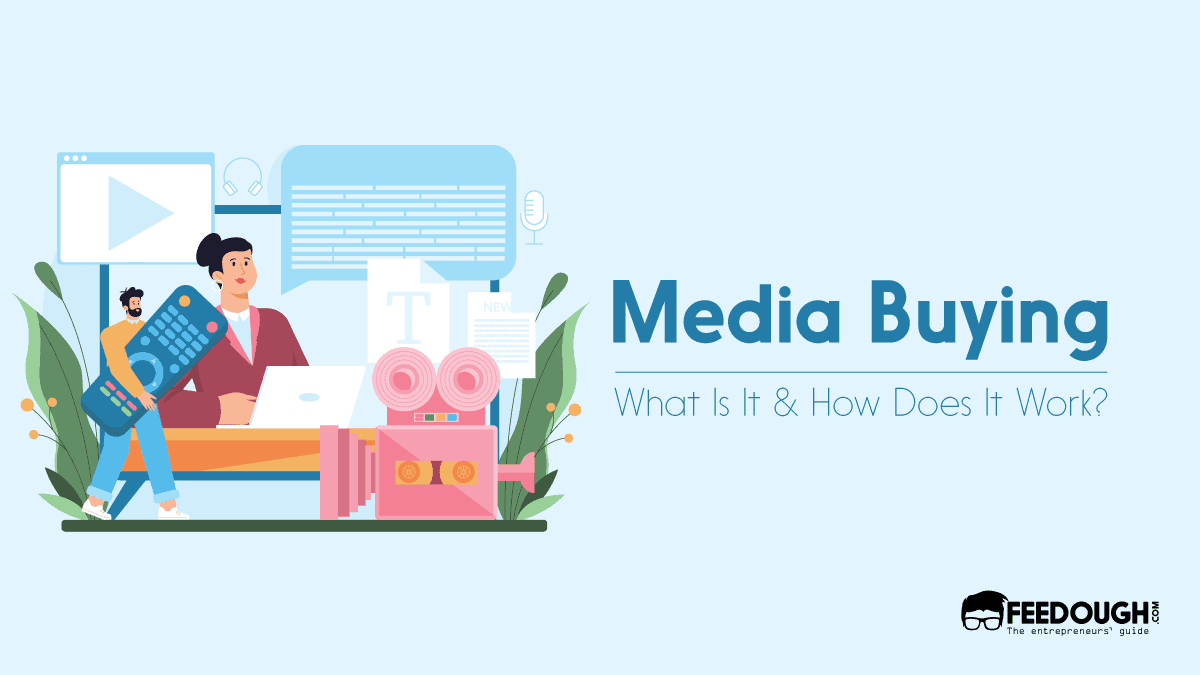
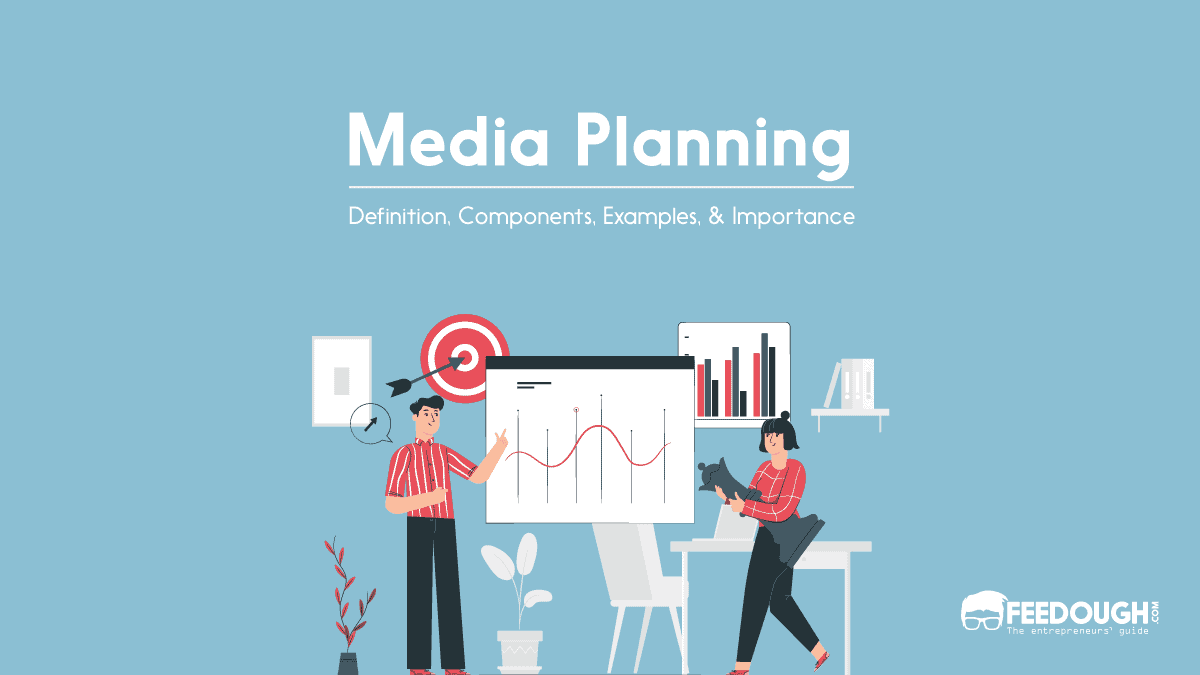
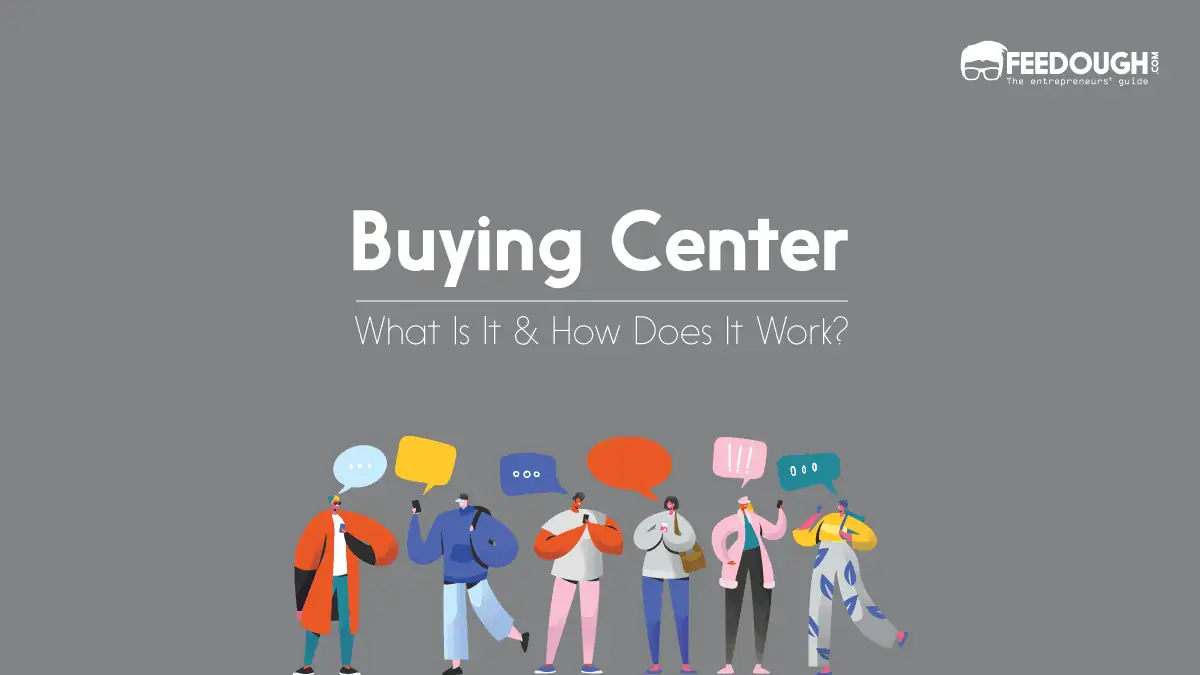
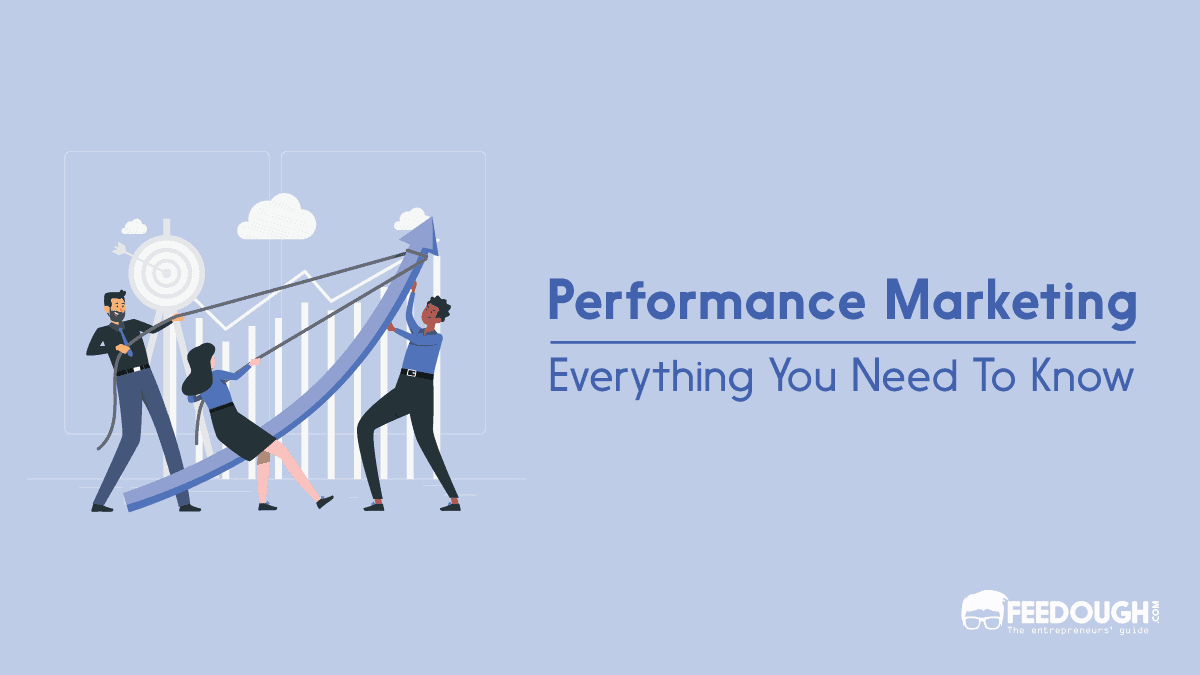
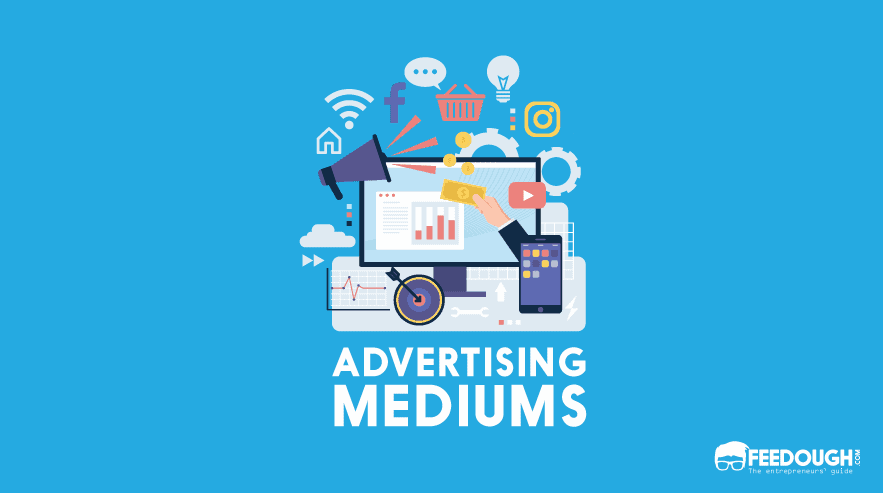

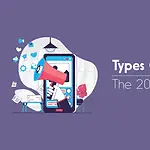
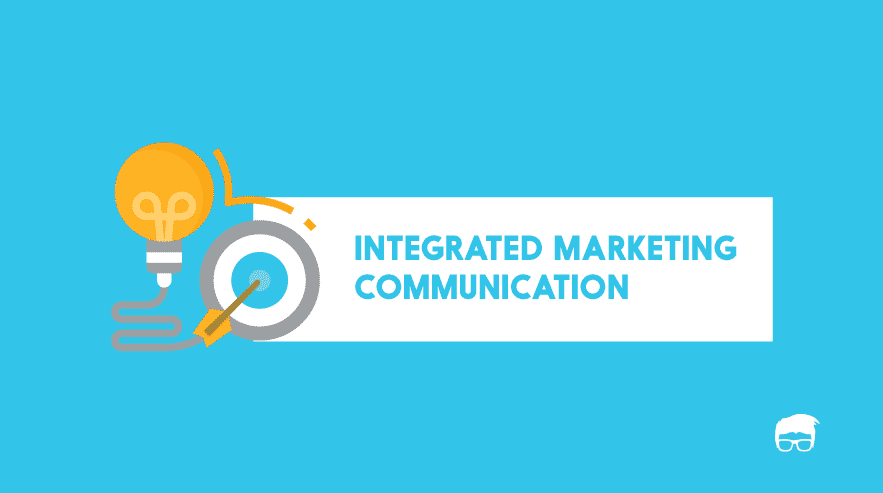
![What Is Demand Generation? [The Ultimate Guide] What Is Demand Generation?](https://www.feedough.com/wp-content/uploads/2019/05/DEMAND-GENERATION.webp)
